COOPERATION WITH BUSINESS AND INDUSTRY
This period felt never ending but, somehow, when the end did come all seemed to have gone by within a blink of an eye.
We only had three courses in during this period called "Cooperation with business and industry". In "Collaboration Project 2" we finally got to create our own footwear and accessory collections. While in "Marketing Communication" we practised designer statements and in "Business Expertise" -course drew up funding applications.
Table of Contents:
COLLABORATION PROJECT 2
Also known as the collection project
This was the long waited collection course where we (third year design students) got to make our own footwear and/or accessory collections. The idea being that everything we had learned so far about design process and techniques would now be applied in designing our own collections. Working during this course was therefore very indipendent and everyone proceeded in their own pace as well as focused on the specific design niche of their collection. In addition to the actual products we also had to produce documentative portfolios of the design process, specs and a working diary.
An assignment such as this is always lovely for many reasons but perhaps what makes it truly eyeopening is a chance to witness the variety of creative processes within our class. Honestly, my classmates are so talented and it is always a pleasure to gain a little peak into each of their worlds. From sneakers inspired by football to 3D printed soles and spray painted leather to pumps with tiny twinkling lights and reusing of old military boots to hollywood aesthetics my fellow classmates never disappoint.
Prima Ballerina
= A principal dancer in a ballet performance or company whose technical abilities and artistic expression are on a top-noch level. These dancers are able to act as well as deliver emotions and ideas to the audiance through movement. Usually, they get the hardest and most important roles in ballets.
Staying true to me, my collection took inspiration from ballet which I have been dancing since I was a four-year-old child. I mainly focused on classical ballet aesthetics. Swan Lake and pointe shoes being in the core of my inspiration. However, I also seeked ideas from the 1700s rococo era when ballet was danced in silk high heels. Therefore, these three elements pointe shoes, a swan and silk heels from the 1700s would create the designs of my footwear collection "Prima Ballerina" (first dancer). Furthermore, each model is named after a famous and influential ballerina or a well known ballet character.
From ballet and pointe shoes: silk satin, bow, leg warmers and leather soles.
From swan: shape of the nose and imitation of feathers in knitt
From the 1700s: simplified rococo spirit, tenderness, lightness, sweetness, silk satin and Pompadour heels
ODETTE
Swan Princess, maiden in trouble and a leader of swans
Odette is the enchanted swan princess from the ballet "Swan Lake" who has been cursed to stay a swan by the evil sorcerer Rothbart. She is the leader of the swan pack and the object of prince Siegfried's love whose affections are Odette's only hope in breaking Rothbarts curse: only first love's everlasting oath is powerful enough to break Odette free.
LA CAMARGO
French ballerina and pioneer
Marie-Anne de Cupis de Camargo (15.4.1710-28.4.1770) also known as La Camargo was a famous French ballerina in the 1700s. Camargo is especially remembered for her pioneering work in ballet technique. For example, she established the basic turned-out leg position as well as performed jumps previously only done by men. Camargo was also the first ballerina to dance in flat shoes and calf length skirt that revealed her advanced leg work.
PAVLOVA
Russian prima ballerina and a messenger of ballet
Anna Pavlova (12.2.1881-23.1.1931) is known to be the most celebrated ballet dance of her time. She was trained in Mariinsky Theather's Imperial School of Ballet and danced briefly in the Ballet Russes -group before touring the world with her own dance company. Pavlova's most famous solo was "The Dying Swan" choreographed for her by Mikhail Fokine in 1905. The Ballerina also had swans in her London home.
TAGLIONI
Italian prima ballerina and the first Sylphide
Marie Taglioni (23.4.1804-22.4.1884) is known as the most famous ballerina of the 19th century and the embodiment of romantic ballet style. Educated by her Italian father, Filippo Taglioni, Marie was the first ballerina to dance the ballet “La Sylphide’s” leading role on pointe which also became her most well-known role and resulted in making calf length tutu a symbol of the romantic ballet style. Taglioni was during her time immensly famous and she can be seen as the one who started the ballerina cult.

FONTEYN
English prima ballerina and dancer legend
Margot Fonteyn (18.5.1919-21.2.1991) was a famous English ballerina in the 20th century and a dancer who reached an iconic reputation. Fonteyn is best remembered for her classical roles as Princes Aurora and Giselle but also as choreographer Friedrick Ashton’s muse and Rudolf Nurejev’s dance partner. In 1954 she became the president of the Royal Academy of Dance and received a knighthood in 1956.

Materials
In general, shoes take up a lot of different materials, however, the two main ones that I used in Prima Ballerina -collection were silk and mohair. The third most used material was leather which I used for soles, heels and insoles. Moreover, metal, cardboard, plastic, glue, cotton and wood can also be found in these shoes.
Silk
Silk is an insect based, fibroin protein fiber from the casings of silk moth's larva (bombyx mori). Countries like China, Japan and India have been producing silk for thousands of years but nowadays silk is also a product of Korea, Thailand, Vietnam and Brazil. Lust for silk in the Western and Middle Eastern cultures contributed to the development of "silk road", the finest trades road in history that enabled the exchange of goods, ideas, science, art, language etc. between east and west.
Silk Sustainability
+ renewable, biodegradable and natural
+ manufactoring requires less chemicals, water and energy than cotton. Works well with vegetable dyes.
+ Mulberry trees which leafs silk larva eats do not require lots of fertilisers or pesticides, however, they give only one harvest of leafs a year. (1 tree produced enoug leafs for a 100 silk larvas but 1 yard of silk requiers 3000 casings.)
+ production is based in low income countries, however, it secures livelihood for a million Chinese, 700 000 Indians and 20 000 Thais as well as gives steady income for native people in China and India.
+ Long lasting material if looked after right but doesn't do well with UV radiation, heat or rubbing. Preferably dry cleaned or hand washed.
- if certain chemicals are used and released into the environment they can cause loss of biodiversity and eutrophication
- Most silk larvas are killed during production
- Bombyx mori is complitely dependent on humans due to thousands of years of breeding. That is why, silk moth has lost its ability to see, fly, camouflage and fear.
Mohair
Mohair is an animal based wool fiber from the hair of angora goats. Althought, angora goats originate in Tibet, nowadays, the trade is focused in southern Africa where 50% of world's mohair is produced.
Mohair Sustainability
+ Natural. renewable and biodegrable material
+ Long lasting if properly looked after.
+ manufactoring requiers less chemicals and dyes than other fibers.
+ 50% of world's mohair production is based in southern Africa.
- Angora goats are ruminants so they release methane into the atmosphere.
- Pasturage causes erosion and lost of biodiversity on some areas where angora goats graze.
- There has been animal rights issues during shearing process, however, most farms act according to laws and sustainable guidelines.
Kid Mohair
Finest and most luxurious type of mohair from very young angora goats. Kid mohair is typically used in clothing and this is also the type of mohair you will find in Prima Ballerina -colletion.
Making Of The Shoes
As you saw above I only made three of the fife shoe designs: Odette, La Camargo and Pavlova. Here's a quick look into the manufactoring of these models.
Documentative Portfolio
Documentative portfolio is basically a document or a presentation which shows the whole of your design process during a specific project. These documentative portfolios are something designers and design students do a lot during different projects in order to gather relevant information about the project's designs and processes in one place.
A documentative portfolio can include:
Table of contents
Design brief
Swot analysis
Graphic depiction of the process
Story of the collection – inspiration, themes and topics
Research – history, sustainability, cultural context, technologies etc.
Material research – fibers, material production and manufactorin, origins, material history, sustainability, animal rights, ethics etc.
Ideation – moodboards, sketches, colour map, concept plan, collection plan etc.
Making – patterns, prototyping, production phases, technologies used etc.
Reflection – what I learned, designer identity, other ponderings etc.
Collaboration parties – material or component manufactorers, people who helped or got involved etc.
Sources
Specs – Shoe Specification Sheet
Specs are documents produced for manufactoring shoes. Their porpuse is to help the person in the factory to make your designs into what you want them to be like as well as ease the production process. Since it is not the manufactorers jobb to figure out how to make your shoes (it is the designer's jobb) these kinds of documents are super important and should include all relevant information regarding the structure and apperance of your designs.
For example, these are the specs documents we made for our collections:
Line Drawing
Line drawing is a simple graphic picture of the product that usually represents both inside and outside silhouettes of the shoe. Line drawing can, however, also show the shoes from front, back or 3/4 angle if necessary. Sometimes graphic pictures of heels and sole structures are also included.

Work Sheet
Work sheet informs the manufactorer where in the shoe certain materials and componens are, color details as well as each material's or component's supplier. Work sheet also includes a line drawing of the shoe and sometimes even measurments of the heel height or other parts of the shoe which might be critical to note during production process.

Flat Drawing
Falt drawing shows the shoe in two dimentional form and tells how the patterns are to be sown together. It is suppose to inform the maker of different seam structures and edge finishings on both upper and lining.

Work Flow
Work flow document is a detailed, step by step guide on how to make the shoes you have designed which also informs what tools and machines are needed during each step. Its main purpose is to tell the person making the shoes what to do from start to finish.
Material Board
Material board presents every singe material and component used in the shoe. Sometimes it should also tell the fiber composition of each material and component.
Work diary
Work diary in this case (during this collection project) was more about scheduling your work than recording what you did each day. By practising scheduling we also practised time management and through that learned how much time is wise to spend on each step of the process when keeping in mind the bigger time frame which in this case is the lenght of one period (8-9 weeks). This exercise also revealed where you should improve your time management as well as showed how much you should work in order to complite a certain part of the process.
MARKETING COMMUNICATION
Marketing communication was a very short course and focused on clarifing our conception of who we are as designers and how to market yourselves to others.
Designer Statement
Designer statement is a short, maximun one page long text which aims to introduce you as a designer. These kinds of texts can be used on blogs or websites to give more information about the person behind products and services or they can be used in exhibition leaflets etc. or anywhere where your work or your expertise are displayed.
Basically, designer statement is supose to enlighten the reader for example about:
What you do
Why you do it
How you do it
Where you are now and where you are hopefully going to
What inspires you
Where you get your ideas from
What you want to say with your work
What are your working methods or philosophies
What concrete things have you done
How to contact you
etc.
Note: you should stay away from cliches and quotes by famous people in your designer statement. Keep it clear, understanable and personal.
My designer statement:
SIIRI PAKARINEN
Shoe designer, blogger and mentally in Paris
Charming to meet you,
My name is Siiri and right now I am studying my third year of design at Häme University of Applied Sciences footwear as my major. I also write a blog, Posh, where alongside with shoe design I talk about fashion, beauty, lifestyle and my own style philosophy.
Typically, my design process relies heavily on thorough research which I believe to be the base of all good and justified design. Moreover, because through my work I can make an impact, shed light on important topics and spread awareness sharing my design process on Instagram and on my blog is important not only from sustainability point of view but also when committing to more transparent and conscious actions. This way I hope we can all learn and be part of design and fashion conversation.
More often than not, I find inspiration from stories, philosophy and most of all history. For example, Marie Antoinette, 1920s, vintage jewelry, English aristocracy, Paris and ballet are just some themes I have had a change to explore. Furthermore, incorporation knitting into my footwear designs has now become a characteristic feature of my playfully refined yet classic style of shoes.
In the future, I definitely plan on developing the use of knitting in footwear further as well as immersing myself deeper into the world accessories. Especially, hats and bags are something I would love to experiment more of.
Convincing Speech
Sometimes in life you are asked to speak about the things that you do or care about and when that happens is easier if you have had some practise. Convincing speech is not, howerver, a regular speech nor is it a presentation but something in between and it should convince your audiance on the importance of your topic.
I gave my convincing speech on "Why every designer should have a blog?". Since I have been actively blogging for fife years now, I thought, it would be useful to sum up not only the benefits I have experienced through blogging but also share them with my classmates. s
Here are a few takeaways from my convincing speech: Why every designer (especially every design student) should have a blog?
Blogging is a great way to be creative and explore your creativity.
Your writing skills will improve.
You will learn new useful skills such as wedsite design, picture editing, branding, social media marketing and content creation, language skills etc. which you will inevitably benefit from as a designer.
You will gain experience on the complexity of creating a brand.
You will have to face your fears and bravely stand behind what you do.
Someday you might be able to even earn money from blogging.
You will meet and talk to new people.
You are able to record your work, life, thoughs, ideas etc. in one place.
By gaining exposure through blogging you can land on your dream job.
Blogging can help you to establish an expert status within your field of work.
Blogging is an opportunity to grow as a person as well as gain confidence.
Blogging is a great and current way to market your work and build an online identity.
BUSINESS EXPERTISE
This course was a mini introduction to business skills you need as a designer. We talked a lot about entrepreneurship, the complexity of keeping up a business, how to plan your business as well as calculating the viability of your business. Some other topics during this course were also funding, different contracts, product responsibility, consumer protection, copyrights and other forms of protecting immaterial capital.
Application For Funding
It is fairly common that people working in creative fields apply funding for their projects or work in some point of their careers or studies. This is why, we practised drawing up a funding application for some of our own work or up and coming projects. For example, I applied funding for a photograpihing and content creation trip to Paris where I plan on shooting Prima Ballerina -collection. Fingers crossed I get funding because that would be fabulous!
Funding applications can vary which is why it is important to get to know to the organization or the person providing funding. Usually, organizations have specific requirements on what type of projects they are willing to fund and how they want the application to be filled out and sent to them. Generally, funding applications should provide all relevant information about your project such as who you are, what you are doing, why you are doing it, when, how, where, with whom, the end results, benefits of your project, budget, work plan, CV etc. What type of information organizations want and need from you also depends on the organization.
Have you ever applied funding for your projects?
Would you consider blogging after reading takeaways from my convincing speech?
Were you familiar with any of the ballerinas my collection models are named after?
Thank you so much for reading!



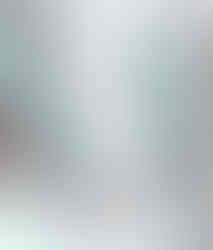



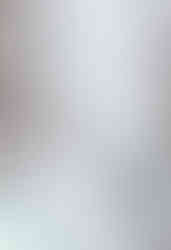



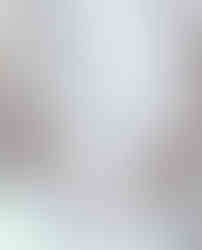

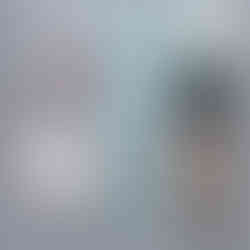





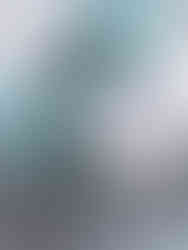

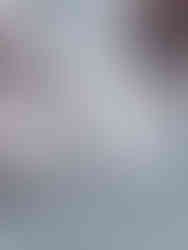

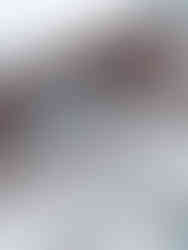

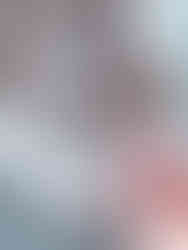

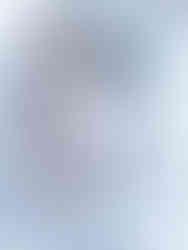

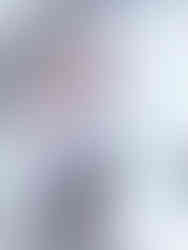

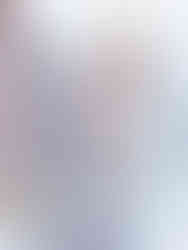

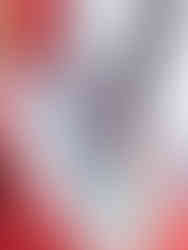

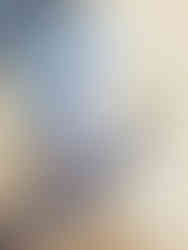

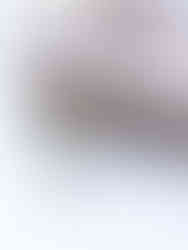

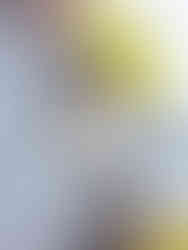

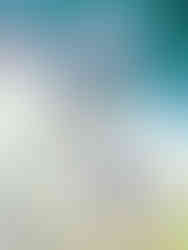

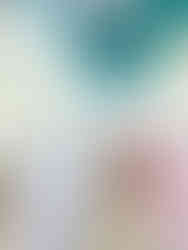

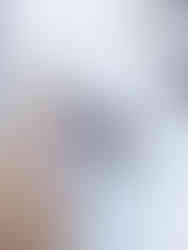

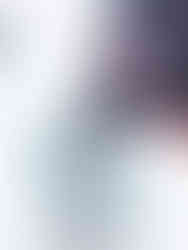

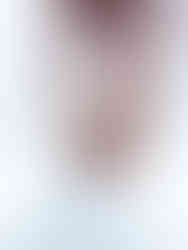

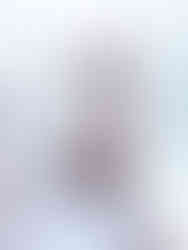









留言